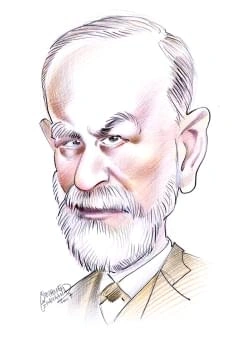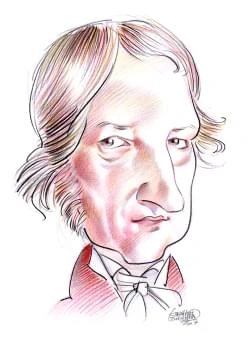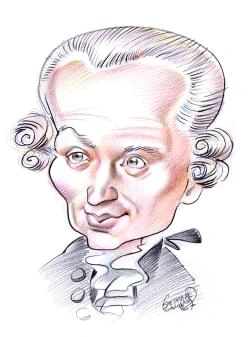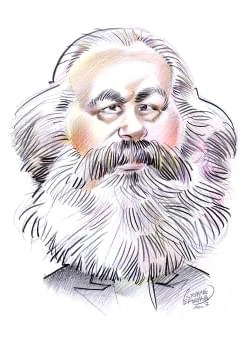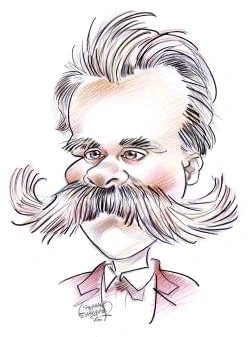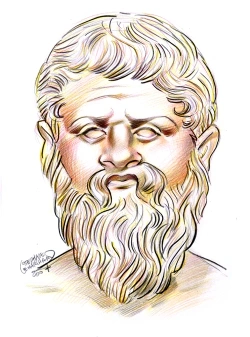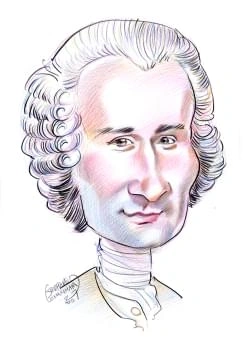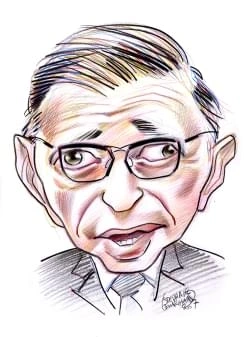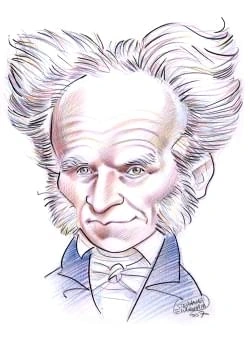10 résultats pour "carolingian"
-
Carolingian renaissance
form imitated from Suetonius. In the mid-ninth century Lupus, Abbot of Ferrières , wrote elegant Latin letters which, in their concern for discovering and collating ancient texts, anticipate the interests of early modern humanists. Even Greek was studied in this period, especially by scholars of Irish origin such as Martin of Laon, Eriugena and Sedulius Scottus (also a fine Latin poet). Historians often present the role of the Carolingian renaissance in the history of philosophy in terms simpl...
-
Charlemagne
I
INTRODUCTION
Charlemagne (742?
border province). These officials were key to administering the empire. They were kings in miniature, with all of the administrative, judicial, and military authority of theemperor within their respective districts. Each political district had its parallel in a church district, or diocese, headed by a bishop, with similar authority in all mattersrelated to the church. Both counts and bishops were vassals of the emperor, and were overseen by representatives of Charlemagne known as missi dominici...
-
Charlemagne.
border province). These officials were key to administering the empire. They were kings in miniature, with all of the administrative, judicial, and military authority of theemperor within their respective districts. Each political district had its parallel in a church district, or diocese, headed by a bishop, with similar authority in all mattersrelated to the church. Both counts and bishops were vassals of the emperor, and were overseen by representatives of Charlemagne known as missi dominici...
-
Charlemagne .
border province). These officials were key to administering the empire. They were kings in miniature, with all of the administrative, judicial, and military authority of theemperor within their respective districts. Each political district had its parallel in a church district, or diocese, headed by a bishop, with similar authority in all mattersrelated to the church. Both counts and bishops were vassals of the emperor, and were overseen by representatives of Charlemagne known as missi dominici...
-
Holy Roman Empire
I
INTRODUCTION
Holy Roman Empire, political entity of lands in western and central Europe, founded by Charlemagne in
AD
800 and dissolved by Emperor Francis II in 1806.
acquired the imperial title and an area running from the North Sea through Lotharingia (Lorraine) and Burgundy to northern Italy; Louis II received East Francia (theGerman duchies of Saxony, Swabia, and Bavaria). In 870 Lothair’s middle kingdom was divided by the Treaty of Mersen, which gave Lotharingia to East Francia and therest to West Francia. This division created the foundation for today’s states of Germany and France, respectively; however, in the 9th century these were highly fractured d...
-
Holy Roman Empire .
acquired the imperial title and an area running from the North Sea through Lotharingia (Lorraine) and Burgundy to northern Italy; Louis II received East Francia (theGerman duchies of Saxony, Swabia, and Bavaria). In 870 Lothair’s middle kingdom was divided by the Treaty of Mersen, which gave Lotharingia to East Francia and therest to West Francia. This division created the foundation for today’s states of Germany and France, respectively; however, in the 9th century these were highly fractured d...
-
Calligraphy
I
INTRODUCTION
Japanese Calligraphy
This hanging scroll is an example of Japanese calligraphy.
Section of the Egyptian Book of the DeadThe Egyptian Book of the Dead was a text containing prayers, spells, and hymns, the knowledge of which was to be usedby the dead to guide and protect the soul on the hazardous journey through the afterlife. This section of one such book,dating from the early 19th Dynasty, shows the final judgment of the deceased (in this case Hu-Nefer, the royal scribe)before Osiris, the god of the dead. Hieroglyphs as well as illustrations portray the ritual of weighing t...
-
Vikings .
Wessex (England) and Charles II the Bald and Louis III in France could command their resources to move to fortify their towns, station fleets and naval patrols alongthe coasts, and organize localized and mobile military forces. Some Christian leaders paid ransom to the larger Viking armies of the 10th and early 11th centuries.Taxing their people to pay the “danegeld,” the tribute to the Vikings, became a regular defensive strategy. But in return for the cash, the Vikings often negotiatedpeaceful...
-
-
Middle Ages .
Saints were very important in Late Antiquity. They were considered both models of virtue and powerful miracle workers. One of the most well-known saints of the periodwas Saint Anthony. Anthony gave away all his possessions and left his hometown in Egypt to live alone in the desert and pray. Anthony was one of the first Christianmonks. The word monk comes from a term meaning 'alone.' Gradually Anthony attracted followers, and he eventually became the center of a whole community of monks who wis...
-
France - country.
In both the Paris and Aquitaine basins, fertile soils derived from limestone and wind-deposited dust, called loess, have supported prosperous agriculture since ancienttimes. Other lowlands in France are scattered and relatively small. They include the Alsace Plain in the east, bordering Germany, the valley of the Rhône River in thesoutheast, and the Languedoc Plain along the Mediterranean coast. A2 Uplands France contains several regions of uplands, the worn down remains of ancient mountain sys...
}})
